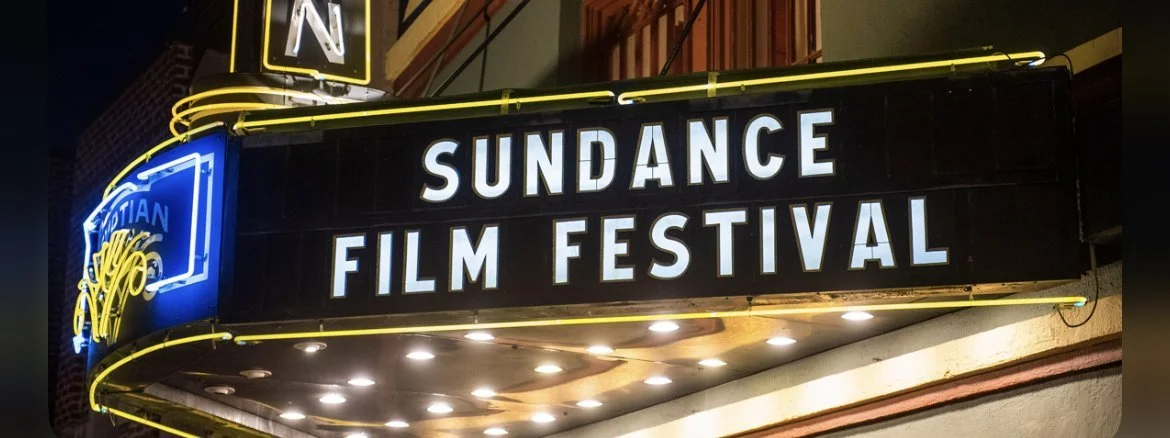It’s mid-January, which means we’re coming very close to the start of the 46th edition of the Sundance Film Festival. The Park City event is set to begin later this week and run until the 28th.
Last year, I decided to cover it remotely, from the comfort of my own home. I used to make the trek to Park City almost every year, but the online component had made me less enthused about attending in-person. Also, Sundance just isn’t what it used to be. Maybe new program director, Eugene Hernandez, can steer the ship in the right direction.
Variety’s Owen Gleiberman has also noticed a dip in Sundance relevance. He’s blaming it on a lack of “danger” in the films being selected (again, that’s something Hernandez will, hopefully, fix). But Owen’s right; for the last few years, Sundance seems too … conservative. It’s become a risk-free festival.
And danger, make no mistake, has long been the secret weapon of Sundance. I’m not saying that every one of the festival’s best films possesses this quality. But I’m saying that enough of them do. For decades, that was central to the excitement of Sundance: that you would go off to this festival in a snowy idyllic former mining town, watching movies made in a spirit of purity and idealism, yet the cutting edge of that experience is that many of the greatest and most defining of those movies sought to amaze you with the fearless and, at times, forbidden things they would tap into.
With Hollywood becoming more risk-averse, preferring IP over original ideas, we now need, more than ever, indie cinema, but it’s not coming to save us. In fact, it’s in dire straits. Gleiberman goes on to add:
There is a kind of moralism in the air now, a current that makes dangerous movies more dangerous to think about. One of the clichés you always hear these days when people are talking about a subversive film from 20 or 30 years ago is, “That movie could never come out today.” A question I would frame as a challenge to up-and-coming film directors, and to the Sundance programmers, is: Really, why not?
Saying the quiet part out loud there.
What Sundance now lacks is bite. Where are the fearless and incendiary statements that used to be hallmarks of independent filmmaking? They are gone, replaced by movies that tend to avoid “problematic” themes and topics. I remember a time when Sundance was about free speech and rattling the status quo. Not anymore. It’s become the status quo.
I’m reminded of an Eric Kohn op-ed, from just a year ago, that delivered such unexpected truths that I had to refresh my page to make sure this was actually coming from IndieWire. The gist of Kohn’s reasoning for lacklustre Sundance editions resided in … filmmakers’ fear of cancel culture:
The challenge in making ambitious movies goes beyond budgetary restrictions. It also involves the changing threshold for tolerating discomfort and the encroaching sense that any radical statement could backfire. The presumption of cancel culture may be reductive, but it certainly scares filmmakers from taking real chances.
There’s so much truth serum in that one paragraph. He’s right. Today, Sundance and the American cultural climate are allergic to riling people up. Indie movies now try to “coddle” audiences, rather than provoke them with something vital and original. Today’s independent filmmakers are absolutely terrified of the current climate.
Now, everything is being placed under a “microscope of scrutiny.” Festivals — once the utopia of provocative, button-pushing films — are desperate to avoid controversy.
This idea that “we can't upset anybody” is leading to some very strange shifts in artistic expression. Self censorship is a thing. Fear of backlash leads to this outcome. Remember, the infamous Hays Code was not a government creation, it was internal industry self-censorship that the major film companies worked out by themselves, yet it still got enforced pretty much like a law for over 30 years.
Kohn goes on to add …
For movies to retain their power as an art form, they have to take bold, adventurous swings, be willing to make their viewers squirm, and leave them grappling with the reasons why.
Much like Kohn, I do worry about the future of American moviemaking. What has occured these last five plus years is damn-near frightening for the art form. Instead of fearless filmmaking, we’re getting a culture of fear. Instead of directors willing to make wildly artistic leaps forward, they cower and adhere to whatever hip narrative is trending.
It used to be a badge of honor for a director to have their film embroiled in controversy, sparking lively debate about the work and promoting artistic free speech in the process. Today, nobody wants to even come near that territory. They fear, rather than try to be feared. That’s where we’re at.
Sundance is, or at least used to be, about promoting the advancement of American independent cinema. This was a place where bold new ways of cinematic thinking were being celebrated, and the mainstream hive wasn’t welcome to interfere. Now, it’s become the opposite.






